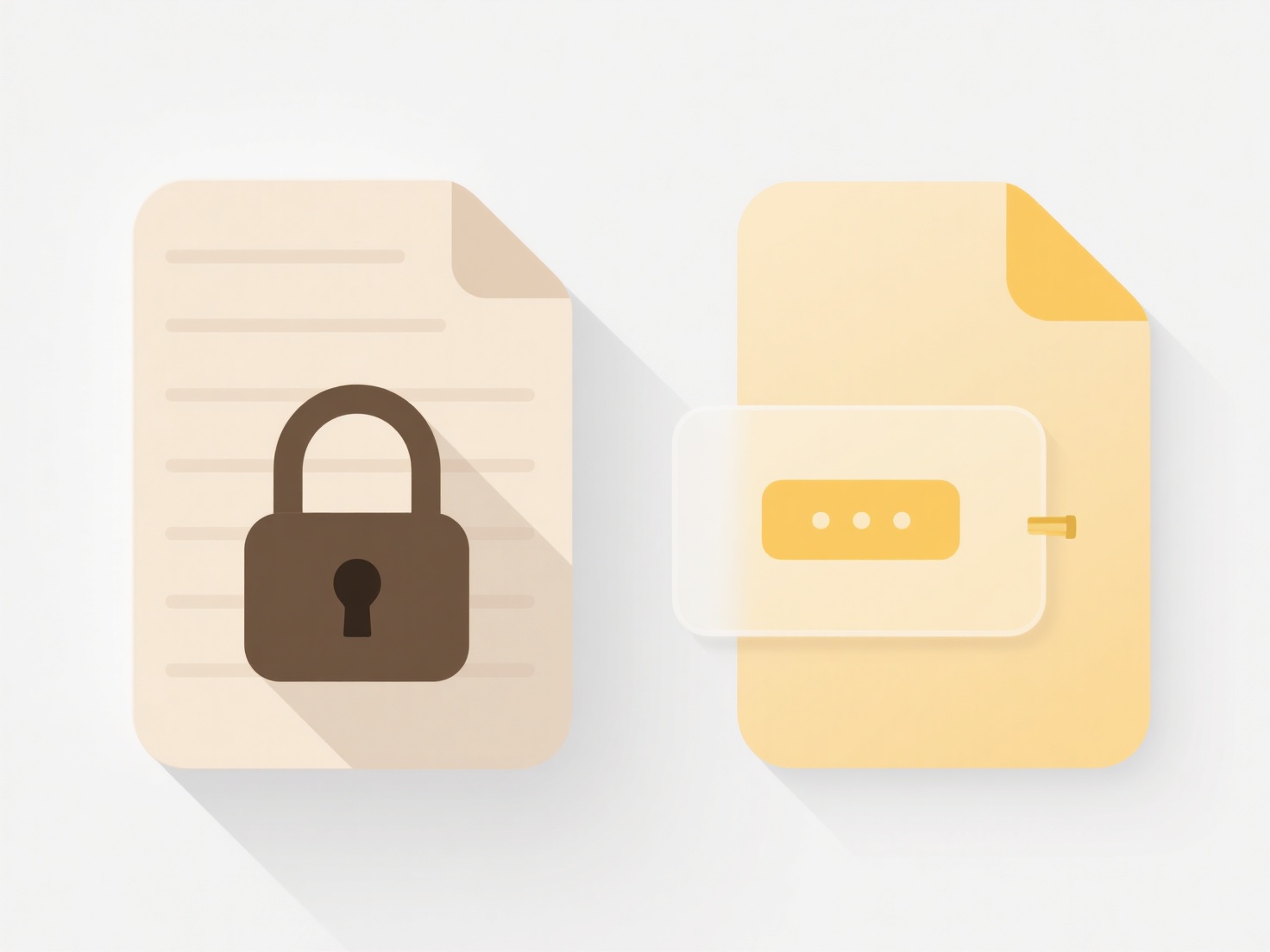
Saving to both local and cloud storage means storing an identical copy of a file on your computer's physical drive (like an SSD or HDD) and simultaneously uploading it to a remote internet-based storage service. This process typically occurs through software running on your device that monitors specified folders. When you save a file locally, this software automatically copies and uploads it to your cloud account. This differs from manual uploads or backups by offering instant, automated duplication.

For instance, many cloud storage services like Google Drive, Dropbox, or Microsoft OneDrive install desktop applications that create a special "sync" folder on your computer. Files saved directly into this folder are immediately uploaded to the cloud while also remaining locally accessible. Similarly, mobile operating systems often save photos and videos to the device's internal storage while automatically syncing copies to a linked cloud service like iCloud Photos or Google Photos.
This hybrid approach offers significant advantages: enhanced reliability (protection against local hardware failure or cloud service outage), accessibility (access files anywhere with an internet connection or quickly offline), and often a version history from the cloud. Limitations include needing internet for the initial sync to the cloud and management of storage space on both your local device and cloud account. Security considerations depend on both the physical security of your local device and the cloud provider's data protection measures. It effectively balances convenience with robust data protection for most users.
Can I save to both local and cloud storage?
Saving to both local and cloud storage means storing an identical copy of a file on your computer's physical drive (like an SSD or HDD) and simultaneously uploading it to a remote internet-based storage service. This process typically occurs through software running on your device that monitors specified folders. When you save a file locally, this software automatically copies and uploads it to your cloud account. This differs from manual uploads or backups by offering instant, automated duplication.

For instance, many cloud storage services like Google Drive, Dropbox, or Microsoft OneDrive install desktop applications that create a special "sync" folder on your computer. Files saved directly into this folder are immediately uploaded to the cloud while also remaining locally accessible. Similarly, mobile operating systems often save photos and videos to the device's internal storage while automatically syncing copies to a linked cloud service like iCloud Photos or Google Photos.
This hybrid approach offers significant advantages: enhanced reliability (protection against local hardware failure or cloud service outage), accessibility (access files anywhere with an internet connection or quickly offline), and often a version history from the cloud. Limitations include needing internet for the initial sync to the cloud and management of storage space on both your local device and cloud account. Security considerations depend on both the physical security of your local device and the cloud provider's data protection measures. It effectively balances convenience with robust data protection for most users.
Quick Article Links
Can I open cloud files without internet?
Opening cloud files without an internet connection is possible, but requires specific setup beforehand. Cloud files are ...
Can I open .odt files in Microsoft Word?
Yes, you can open .odt files in recent versions of Microsoft Word. ODT (OpenDocument Text) is the standard file format u...
What’s the best naming convention for version control?
A version control naming convention is a standardized system for labeling software releases or file versions. It provide...